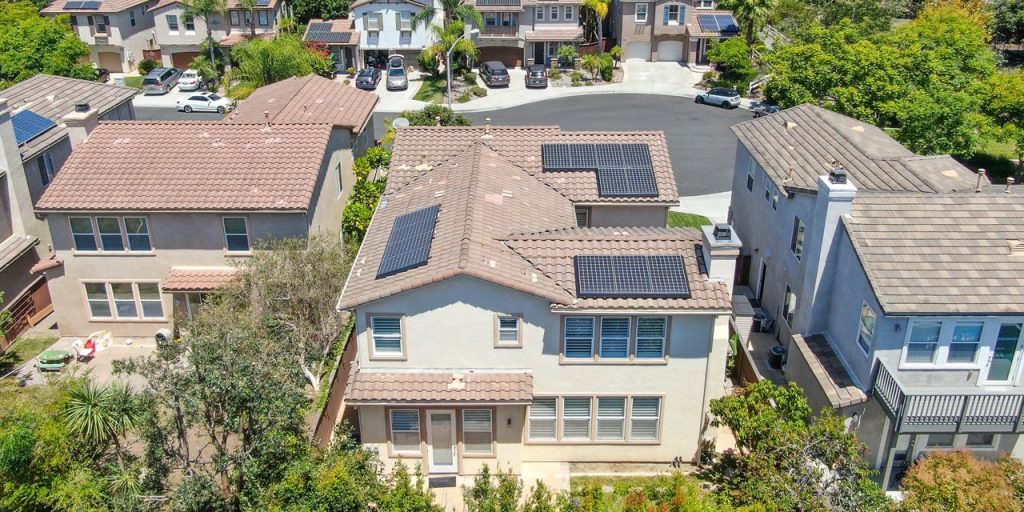Residential solar power companies will likely see falling demand in 2023 as California—the largest solar market in the U.S.—slashes the benefits homeowners can get for installing solar systems on their rooftops.
For more than two decades, California homeowners with rooftop solar panels have been able to sell surplus electricity back to the state’s energy grid and receive a near dollar-for-dollar credit on their electricity bills. These so-called “net metering” incentives have helped more than 1.6 million California homes and businesses go solar.
Starting on Saturday, however, new buyers will earn a much smaller credit for each kilowatt of electricity they feed back to the grid. While the exact price varies depending on the region and utility network, the California Solar & Storage Association estimates that the policy change will reduce the amount paid to solar-panel owners by about 75%.
Utilities giants in the state, such as Pacific Gas & Electric, Southern California Edison, and San Diego Gas & Electric, have said that the previous system cut into their income, as homes with solar systems pay much lower electricity bills. This, the companies say, has forced them to delay upgrades to the grid—and charge more from those who can’t afford solar power.
The change will incentivize more people to install home batteries along with their solar panels, according to the California Public Utilities Commission. The group says that instead of sending the excess electricity back to the grid immediately, households with batteries could store the energy and return it at the best time—usually at night or during the winter, when electricity prices are higher.
Solar advocates argue, however, that expensive batteries could add more financial burden to households already paying for solar panels. The time it takes customers to make back their upfront investment on solar systems has already been pushed from around six years to ten years under the new rules, according to the CALSSA.
California has been a leader of residential solar adoption and opponents have warned that the policy change could have a chilling effect on the market.
When the plan was passed last December,the CALSSA called it “a step backwards” that would lead to “an expected cliff in the growth of new solar installations.” Executive Director Bernadette Del Chiaro said in a statement that the changes will put clean energy further out of reach for middle-class and working-class neighborhoods.
While homeowners rushed to install solar systems before the lower incentive went into effect—and solar companies scrambled to keep up with demand—the industry will likely brace for a slowdown in 2023. In a survey released this month by EnergySage, nearly three-quarters of solar installers said California’s new incentive program would significantly harm the state’s solar industry. However, many solar companies expect battery installations to pick up—and are planning to invest more in the energy-storage business.
Since the changes were proposed two years ago, stocks in major solar companies like
SunRun
(ticker: RUN),
SunPower
(SPWR), and
Sunnova
(NOVA) have lost more than half of their value. Lofty valuations, softening demand, and tightening monetary policies have helped send those stocks lower.
While California is slashing benefits, there’s still a strong financial case for solar adoption in the state, says Pavel Molchanov, renewable energy analyst at Raymond James.
In 2022, residential electricity prices in the U.S. went up by11% to reach 15 cents per kilowatt hour. That’s nearly as much as the price increase over the past decade, and California has one of the highest electricity prices in the country, says Molchanov.
“This is a very powerful demand driver for rooftop solar. Because when people’s electricity bills go up, they find solar to be a very attractive money saving proposition,” he says, “Yes, the net metering change is rather annoying for potential solar customers, but California still has some of the best solar economics in the U.S.”
Molchanov says the level of rooftop solar installations in California will likely decline modestly in 2023, but over the long term, the state will continue to have a strong and successful solar market as electricity becomes more expensive—and solar costs continue to drop.
Write to Evie Liu at evie.liu@barrons.com
Read the full article here




